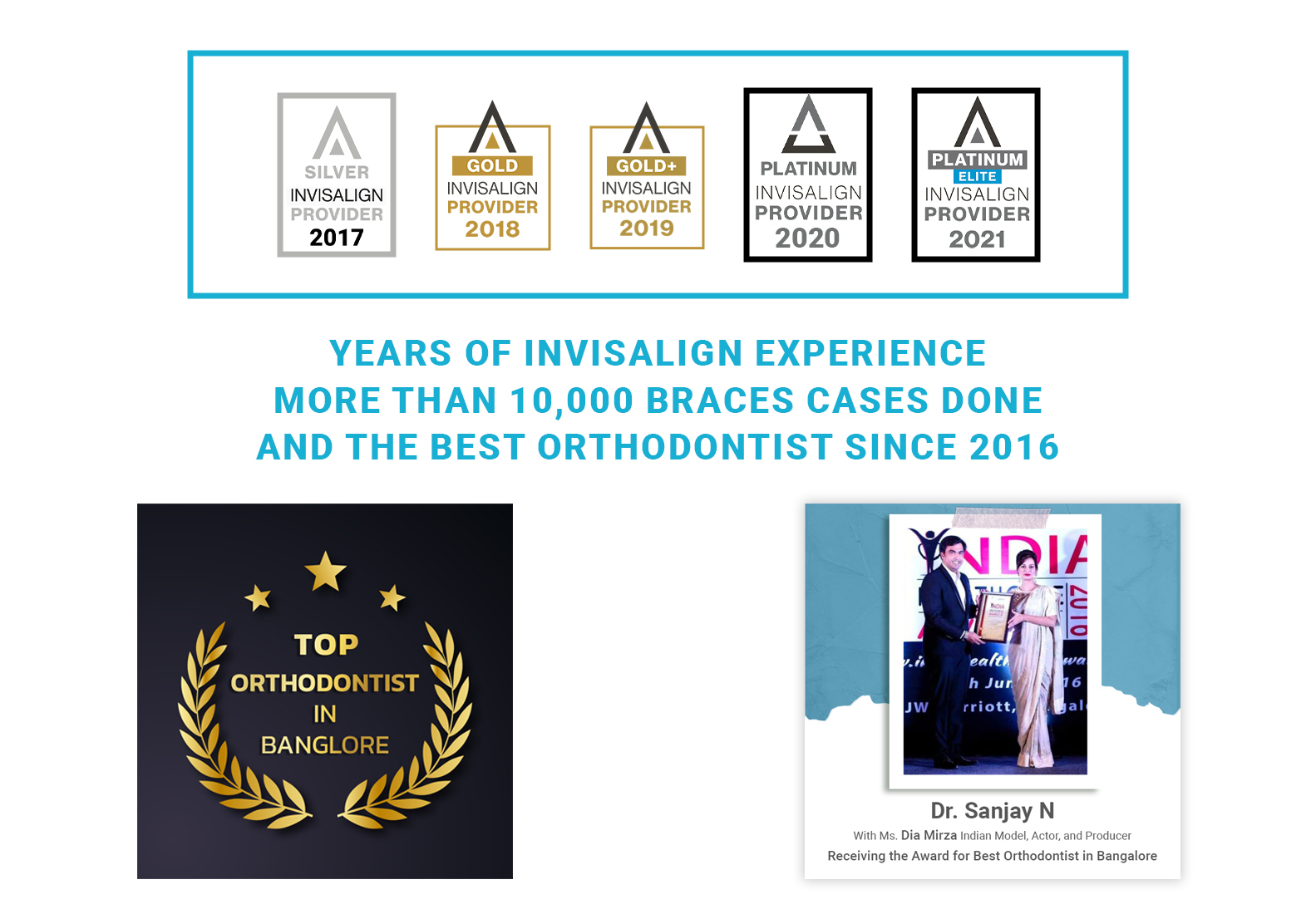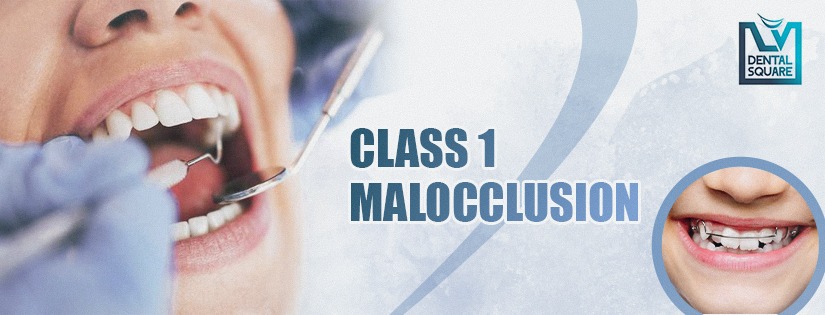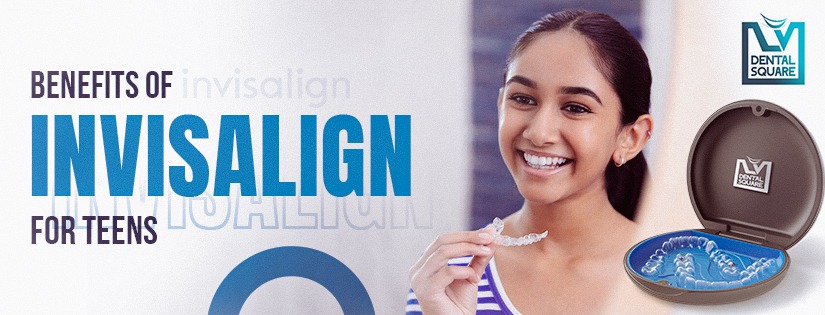Bangalore’s IT hubs are bustling with innovation, long working hours, and tight deadlines.Whether you’re in Electronic City, Whitefield, Marathahalli, Hebbal, or Koramangala,office-goers often find it challenging to prioritize their health — especially oral hygiene. AtLV Dental Square, we often see professionals with preventable dental issues caused byneglect and lifestyle habits.In this blog, we share practical…
Blog
Smile Brighter in Bangalore: Top 7
Reasons to Choose LV Dental Square
for Your Dental Care
Your Smile, Our Priority In the heart of Bangalore, LV Dental Square has become atrusted name in advanced, compassionate dental care. Whether you’re dealing with a naggingtoothache or planning a smile makeover, choosing the right dental clinic is crucial. At LVDental Square, we combine clinical excellence with patient-first care to help you smilebrighter and live…
The Importance of a Year-End Dental
Check-Up
As the year comes to a close, it’s the perfect time to schedule your year-end dental check-up.While you may be busy with holiday preparations and family gatherings, taking a fewmoments to care for your oral health can set you up for a healthy and bright new year Here’s why a year-end dental visit is so…
Unveiling the Mysteries of Invisalign®
Treatments: A Comprehensive Guide
The Science of Facial Asymmetry: Why No One’s Face is Perfectly Symmetrical
Facial Asymmetry: An Introduction Facial asymmetry is a natural occurrence that affects all individuals, regardless of age, gender, or race. It refers to the lack of perfect symmetry between the two sides of the face. While some degree of asymmetry is normal and even expected, significant or noticeable asymmetry can cause distress, particularly in those…
Living with Class 3 Malocclusion: Coping Strategies and Lifestyle Changes
Living with Class 3 Malocclusion can be a daunting task for individuals who experience this condition. Definitely, there are various solutions to this condition. Class 3 Malocclusion, also known as an underbite, occurs when the lower jaw extends beyond the upper jaw, resulting in the lower teeth sitting in front of the upper teeth. This…
Class 1 Malocclusion
Dental malocclusions are a frequent issue that maxillofacial surgeons treat. Dental malocclusions come in three categories: class 1, class 2, and class 3. What is a class 1 malocclusion The most typical kind of malocclusion is dental class 1 malocclusion. Between the ages of 6 and 17, 50 to 55 percent of children have a…
Regular Metal vs Self Ligating Metal
Dental braces are orthodontic devices that straighten and align teeth, assist in positioning them with respect to a person’s bite, and work to enhance dental health. They are frequently used to treat underbites, malocclusions, overbites, open bites, gaps, deep bites, cross bites, crooked teeth, and a variety of other dental and jaw irregularities. “Braces,” are…
Benefits of Invisalign for Teens
Teenagers who used Invisalign reported having more confidence than those who used conventional braces by a margin of 47% to 22%. Even though having metal placed over your teeth during treatment can make you feel self-conscious, having crooked and misaligned teeth can already make you feel self-conscious. While braces are the most effective technique to…
Eating and Drinking While Using Invisalign
If you’ve heard about the dietary limitations necessary for conventional braces, such as the need to cut large portions of meat and sandwiches into bite-sized pieces and to avoid eating hard foods, you might be wondering if the same dietary restrictions apply to Invisalign Aligners. In actuality, you are free to eat and drink whatever…







